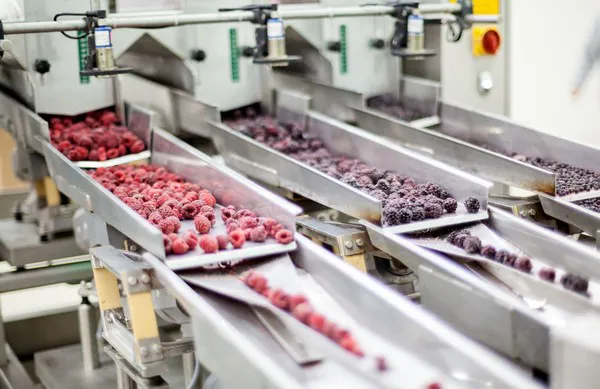The demand for frozen goods has significantly increased in recent years due to a number of causes, says Maria Vieitez, marketing coordinator of OctoFrost: “Consumers have had to reconsider their buying habits in response to rising food prices and current inflationary tendencies. They are now looking for solutions that are more practical, affordable, and long-lasting. The attraction of frozen food has increased as a result of this change in consumer behavior. Notably, research suggests that frozen foods, especially fruits and vegetables, may retain vitamins better than their fresh equivalents.”

“Products that offer convenience without sacrificing flavor, texture, or nutritional content are increasingly valued by consumers. This change has led to a sharp increase in demand for items that are individually quick-frozen,” Vieitez explains. “Each food item is frozen independently using the IQF method, which has intrinsic benefits such preserving greater quality compared to other freezing techniques and allowing both producers and customers to properly keep fruits and vegetables for prolonged periods of time. As a consequence, market research company Future Market Insights expects the worldwide IQF market will develop at a compound annual growth rate (CAGR) of 4.5% between 2021 and 2031.”
The capacity of the IQF procedure to maintain the freshness and quality of fresh food is a contributing factor in its popularity. This is made possible by methods like crust-freezing and fluidization. To prevent harm to the product's texture or form during freezing, fluidization entails gently moving the product. In contrast, crust-freezing quickly freezes the product's top layer, protecting the surface from damage and encapsulating the moisture. Contrarily, conventional freezing techniques frequently result in food that is unappealing and unattractive to the eye due to freezer burn or clumping.
The fresh appeal of frozen food is one of the primary elements influencing purchase decisions, Vieitez states. “Since they preserve the natural look of the fresh produce, particularly important for fruits and vegetables, IQF products excel in this area. This is made possible because rapid individual freezing inhibits the growth of huge ice crystals, which can change the texture and color of food.”
In order to retain their nutritional content, IQF fruits and vegetables are quickly picked at the height of ripeness and frozen, extending the season's supply: “This development is very interesting to IQF processors as well as consumers because it helps both groups. Processors can effectively preserve and store large amounts of seasonal food while retaining its optimum freshness by utilizing IQF technology. They are able to take advantage of the produce throughout the harvest season and supply these products year-round thanks to this capabilities. Such effective preservation methods guarantee processors can constantly deliver high-quality goods to the market. Additionally, by providing a variety of seasonal products throughout the year, IQF processors may reach a wider consumer base and increase their market share,” Vieitez says.
“IQF technology serves the needs of consumers who want fresh, quality foods whenever they are needed by overcoming the constraints of natural availability. This creates fresh opportunities for the sector's expansion and growth. In the end, the longer availability of seasonal fruit made possible by IQF technology offers processors a significant opportunity to maximize production, reduce waste, and successfully address changing market demands.” Vieitez concludes.
For more information:
OctoFrost Group
Email: sales@octofrost.com
www.octofrost.com
